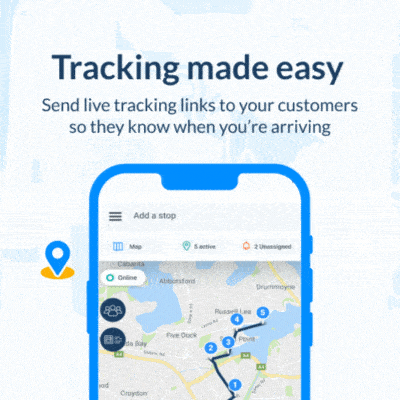Leveraging data-driven e-commerce strategies is vital if you want to cultivate a deeper understanding of your audience, ensure customer loyalty, and boost online sales.
The world of e-commerce is competitive. Understanding your customers is just as much a necessity as it is a benefit. And true insight into what makes them tick often lies beneath the surface, hidden within the data.
Data-driven e-commerce
Quality data can be a game-changer for e-commerce brands when utilized since it ties into product development, marketing, and business strategy.
This is important because data can guide you to build products in a way that would be appealing to your audience. According to Inc.com, “data is the one thing no e-commerce entrepreneur should try to do without.”
Understanding your customer
People have vastly different personalities and interests, and therein lies the crux of the problem. Customer A and customer B might share the same demographic, age bracket, relationship status, academic qualifications, and income. But their interests and behaviors make them unique.
They might have different buying habits, mindsets, and world views. One might despise technology while the other thrives on it. This is where first-person qualitative data comes in handy.
These data-driven e-commerce strategies can tell you how likely consumers are to choose your product.
Inc.com explains: “Survey information and buyer persona interviews can help e-commerce entrepreneurs better understand the habits and interests of their target audience – their values, hobbies, goals, and pain points.”
How to communicate with your audience
So, you’ve identified your audience and what they like or dislike. Now how do you reach them?
There are a few ways to identify which online spaces your target customer typically occupies. These include consumer industry reports, email marketing metrics, competitor analysis, and online user forums.
Businesses could also use purchase history analysis to study buying behaviors and customer interactions to identify their preferred communication preferences.
Case study: Zalora, an online fashion retailer in Southeast Asia uses advanced data analytics to monitor customer behavior. It tells them which fashion trends are the most popular with their customer base. They recently noted a rise in sustainable fashion options.
With this data, Zalora can customize its strategies according to regional markets. These strategies are also backed by personalized email campaigns and user-specific website recommendations to keep their customers interested.
Customers feel valued when presented with personalized recommendations.
Create your ideal buyer persona
Once you have systems in place to monitor and analyze quality data – and you’ve determined how to reach your customers – the next step is to create a quality story for your ideal buyer persona.
Think of this as a fictional character that represents your target audience. Use this character as a guide when creating marketing strategies.
- Create the persona: Include a name, age, job title, and family status. For example: Sarah, a 32-year-old mother-of-two.
- Determine what Sarah needs from your product or service. Sarah is looking for time-saving solutions or affordable quality products.
- Define her purchasing decisions: Sarah prefers online shopping; she prefers recommendations from her friends over online reviews.
- Test and adapt: As the data about your real customers evolve, adjust your fictional persona accordingly.
Inc.com explains: “By using reliable data, you can have confidence that your buyer persona accurately reflects your target audience, giving you an instant leg up as you begin developing products and marketing your e-commerce brand.”
About the author
Cheryl has contributed to various international publications, with a fervor for data and technology. She explores the intersection of emerging tech trends with logistics, focusing on how digital innovations are reshaping industries on a global scale. When she's not dissecting the latest developments in AI-driven innovation and digital solutions, Cheryl can be found gaming, kickboxing, or navigating the novel niches of consumer gadgetry.














